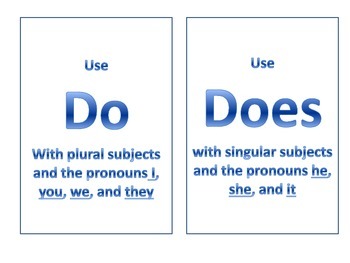

At the end of each day, I measured my overall productivity and stress-levels. The number of meetings I had between Monday and Thursday did vary slightly (I’ve noted where this may have been a factor). Every morning, I set out to complete 12 tasks that required a similar amount of effort, time, and focus, and eight of which were important for me to complete by 5 PM. I scoured HBR’s archives for research on the best to-do list methods out there and pledged to give my four favorites a try.įor four days, I tried four different strategies. There are a lot of methods out there for staying organized, and over the years, I’ve tried most of them: keeping my to-do list in notebooks, bullet journals, paper planners, phone apps, and hundreds of color-coded Post-its plastered to my desk. Sadly, I’ve never quite mastered the whole “ productivity” thing, at least not in a cohesive way. It was around this time that I started experimenting with different planners and to-do lists. There was so much to keep track of: homework, internships, extracurriculars, where I put my car keys. Suddenly, it felt impossible to remember things as well as I used to. My brain changed during my first year of college.

(Anyone have an extra proton pack lying around?) Every day it just grows bigger and bigger as I desperately try to get it under control. That’s kind of what my to-do list reminds me of. You know that slimy, green ghost from Ghostbusters? The one that floats around eating everything in sight?

This method is good for self-motivated people with competing priorities who love crossing the easy items off their list (a little too much), and don’t need much support to stay focused. Thursday: Make three lists, one for immediate tasks, one for future tasks, and one for tasks you’re never going to get done.This method is good for techies and people who have A LOT of tasks to organize, or are working on a variety of projects. Wednesday: Use a digital task manager.This method is good for daydreamers, multitaskers, and people who are easily distracted. Tuesday: Keep a running list but do just “one thing” on it.This method is good for people who like structure, aren’t afraid of a crowded calendar, and love planning ahead. Monday: Get rid of your to-do list and instead schedule out your tasks in your digital calendar.

I tracked my overall productivity and stress levels to see which worked best. But which method prevails? Over four days, I tried four ways of organizing my to-do list. All our journalism is independent and is in no way influenced by any advertiser or commercial initiative.īy clicking on an affiliate link, you accept that third-party cookies will be set.There are a lot of methods out there for staying organized. This article contains affiliate links, which means we may earn a small commission if a reader clicks through and Over to you! The comments section is open for your experiences of the apps above, and your recommendation of other useful to-do list apps that we haven’t included. However, if you’re looking for a fun motivational spin on this app category, it’s worth a try. If you’re looking for a powerful, serious task management app and haven’t spent much time playing RPGs, Habitica may be too quirky for your needs. Meanwhile, a reward system encourages you to spend the “gold” you loot on time for treats in the real world as you get organised. You create a character, unlock armour, pets and quests, and battle “monsters” all within the framework of completing your to-do lists. Habitica is an app for tracking and ticking off daily tasks like the others, but wrapped around that is an RPG-style game to motivate you to complete them.


 0 kommentar(er)
0 kommentar(er)
